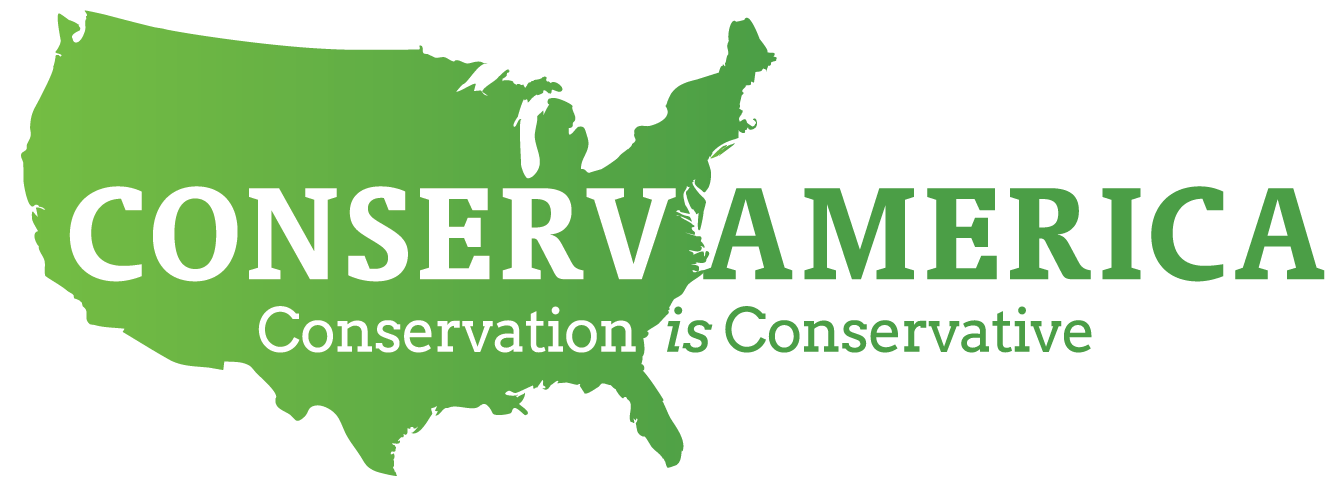Commentary: Volunteers want to clean pollution caused by mines. A legal landmine stands in the way.
The following op-ed by ConservAmerica President Jeff Kupfer, Trout Unlimited CEO Chris Wood, and National Wildlife Federation CEO Collin O'Mara originally appeared in AZ Central and in the Arizona Republic.
The raw materials extracted by America’s mine workers over the past two centuries across the West helped build our country. But mines developed before technological advancements and environmental safeguards were in place caused great damage to our lands and waterways.
Even today, abandoned sites like these release toxic brews of zinc, arsenic, cadmium and lead into streams and threaten the health of local communities.
Lawmakers are wrestling with how best to promote domestic sources of critical minerals, while updating the 150-year-old federal General Mining Law and quickening various permitting processes.
These are complicated questions, and while our organizations may not agree on all the solutions, there is one thing that we all believe represents a real and immediate step toward repairing the damage caused by abandoned mines: Passing legislation to untie the hands of “good Samaritan” groups that stand ready to voluntarily clean up sites.
Too many polluted sites for government to handle
Bipartisan legislation, championed by U.S. Sens. Martin Heinrich, D-N.M., James Risch, R-Idaho, and Arizona Sens. Mark Kelly and Kyrsten Sinema, would provide qualified good Samaritans with limited liability relief and establish a pilot program testing the cleanup concept on a small number of low-risk sites.
If this legislation passes, we will be in a position to take the idea to scale, protecting numerous communities around the country.
Hundreds of thousands of abandoned hard rock mines scar the American landscape, some dating back more than a century. In almost all cases, parties responsible for the damage are unknown or long since departed.
The Government Accountability Office estimates more than 33,000 abandoned mines are high environmental hazards, and the EPA says that 40% of Western headwaters, which supply drinking water and support trout populations, are degraded by mine drainage.
Abandoned mines dot the landscape in and around our national parks that Americans flock to visit each year, including Lake Mead National Recreation Area, Saguaro National Park and Grand Canyon National Park, where hundreds of abandoned uranium mines continue to contaminate lands and waters.
The Arizona State Mine Inspectors Office has identified about 19,000 abandoned mines, and more than 120 miles of streams are impaired by contamination associated with pollution at abandoned mines.
Volunteers who help clean could be held liable
The scope of the problem is far too big for governments to tackle alone. The most powerful national program for cleaning up toxic sites – Superfund – only tackles the worst of the worst sites, leaving unaddressed tens of thousands of other abandoned, polluting mines.
Watershed organizations, local and state governments, and conservation groups are already working to clean up some old mine sites by, for example, removing contaminated piles of mining waste rock that often cause degraded water quality.
Paradoxically, these “good Samaritans” are limited by the landmark Clean Water Act that has done so much to improve water quality in rivers and streams. Currently, these groups treating the source of the pollution may find themselves legally responsible for improving water quality to 100% of federal water quality standards.
Consider an organization that had nothing to do with the creation of the pollution, but wants to make water cleaner. That organization could spend hundred thousands of dollars improving water quality to 95% of Clean Water Act standards, but could be on the hook for millions more to get to 100%.
And if they do not get to 100%? They could be sued. That’s ludicrous.
We need carefully tailored protections
The solution: providing these groups with carefully tailored, limited-liability protections for the work they do cleaning up old mines.
The Lilly Orphan Boy Mine near Helena, Mont., demonstrates why we must change the status quo. The state’s Department of Environmental Quality joined Trout Unlimited in removing waste piles and restoring a creek flowing through a picturesque plain. But the pollution continued – and continues today – because the partners were not able to treat the pollution discharge from the mine as a result of substantial liability hurdles.
It’s long past time to fix this legal incongruity.
The hundreds of thousands of miles of rivers and streams polluted by abandoned mine drainage will never be large-scale Superfund sites. But their impacts add up. It is perhaps the most significant water quality problem facing the West.
Good Samaritan groups are motivated and capable of improve water quality across the nation. We just need action from Congress to let the work begin.
Chris Wood is president and CEO of Trout Unlimited, a national coldwater conservation group. Jeff Kupfer is president of ConservAmerica, which advocates for commonsense, market-based solutions to environmental and energy challenges. Collin O’Mara is president and CEO of the National Wildlife Federation.
This op-ed originally was published in AZ Central on Sept. 16, 2022, and in the Arizona Republic on September 20, 2022.
